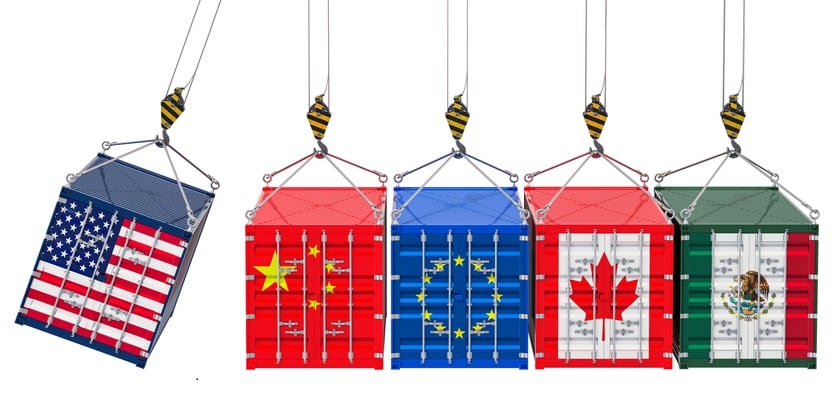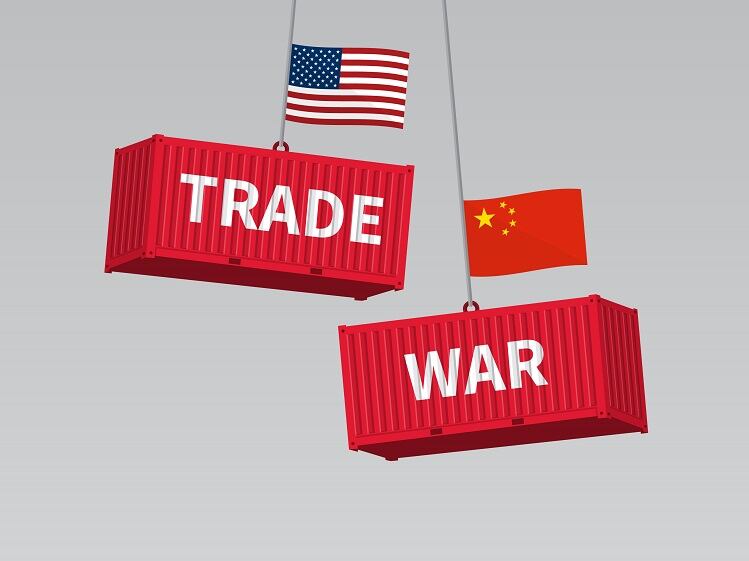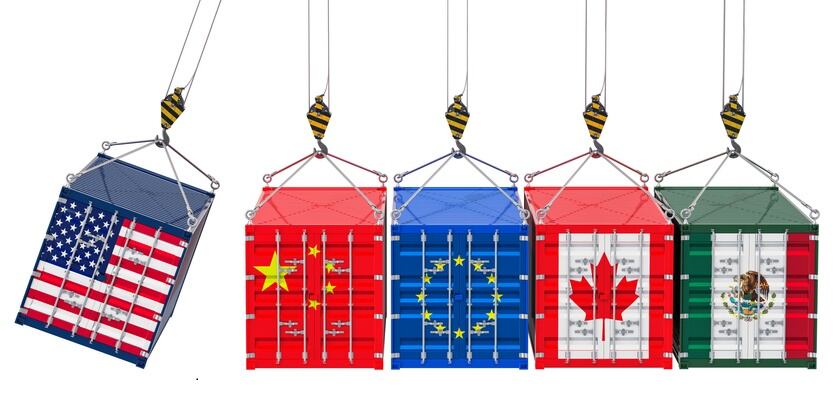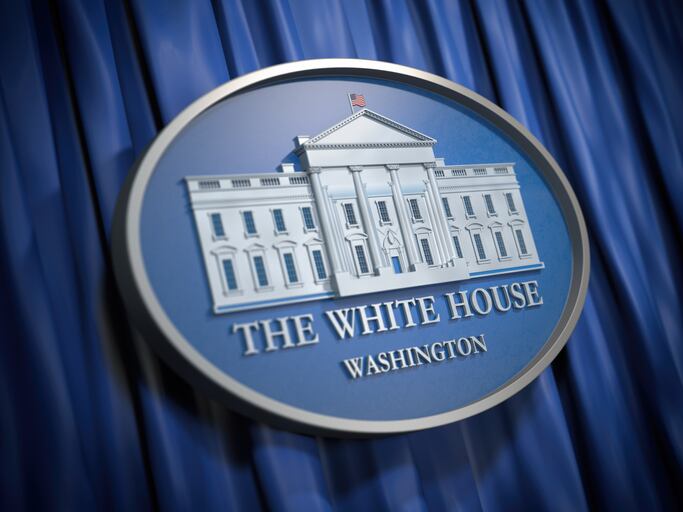According to the research group’s fourth quarter global economic forecast report released Jan. 2 the “growth momentum in many of the world’s economies might have peaked in 2018” when it was forecast to reach 3.8%, and is now predicted to slow to 3.5% in 2019 and 2020.
In the US, this trend is expected to hold true, according to the report, which upgraded US real GDP growth to 2.9% in 2018 due to better than expected performance, but is cutting it to 2.4% in the coming year and to 1.4% to 2.6% growth in 2020. After that, Euromonitor analysts expect the annual GDP growth to settle at a long-term rate of 1.1% to 2.1%.
Trade wars threaten the biggest blow
Much of this reduction is based on growing trade tensions between the US and China, following a 10% tariff the US placed on an additional $200 billion of imports from China in September with an expected increase to 25% in 2019, according to Euromonitor.
“The impact on 2018 GDP growth is negligible, but the higher 2019 tariffs justify a reduction around 0.2 percentage points in the output growth forecast,” it explained.
For the most part, the food and ag industries have avoided the extreme impact of the trade war between the US and China felt by other sectors, such as tech. But some segments have felt the sting, including protein and soybeans, the latter of which has been on a roller coaster ride since this summer when threats of retaliatory tariffs first emerged.
According to the American Soybean Association, US soybean growers have seen a nearly 20% drop in soy prices since the threat of tariffs began last summer and as China explores other soybean providers, such as Brazil, the long-term relationship US soybean farmers built with China is in jeopardy.
The turmoil between the two nations prompted Euromonitor to increase its risk index score for an all-out trade war between US and China by 16 percentage points, which brought up the overall risk of the scenario playing out to 23-33%.
As tensions between the US and China continue to simmer, agreements between US, Mexico and Canada and an ongoing truce between US and the EU have reduced the risk of a global trade war to just 5-10% in the next year, according to Euromonitor.
Still, this may not be enough to ease fears of a global downturn related to the trade wars and populist policies in developed countries, according to Euromonitor. It elevated the risk of a global downturn by 65 percentage points – placing the probability at about 12% and the potential impact on GDP at about 5%, according to the research report.
Democrat takeover of House could ease threat of Trump policies
Perhaps some comfort can be found in a lessening of the risk posed by adverse Trump policies thanks to the democratic takeover of Congress in the US, according to Euromonitor.
With this check reinstated in US governance, the research group reduced the risk index score of adverse Trump policies on the GDP by 10 percentage points to about 3% probability, which represents a potential 3% negative impact on GDP.
Ongoing shutdown poses new threat
Still, the US government shutdown – a direct result of Trump policies – is casting a dark shadow over the agricultural industry’s production capabilities and cannot be ignored in the long run, even though it is not covered in the Euromonitor’s report.
USDA announced Jan. 4 that it will not release several key reports, including the monthly World Agricultural Supply and Demand Estimates, which many farmers and ranchers rely on to manage their day to day business.
In addition, local Farm Service Agency offices have been closed, which prohibits farmers from applying for new loans and receiving relief payments promised to ease the impact of US-China trade tensions.




